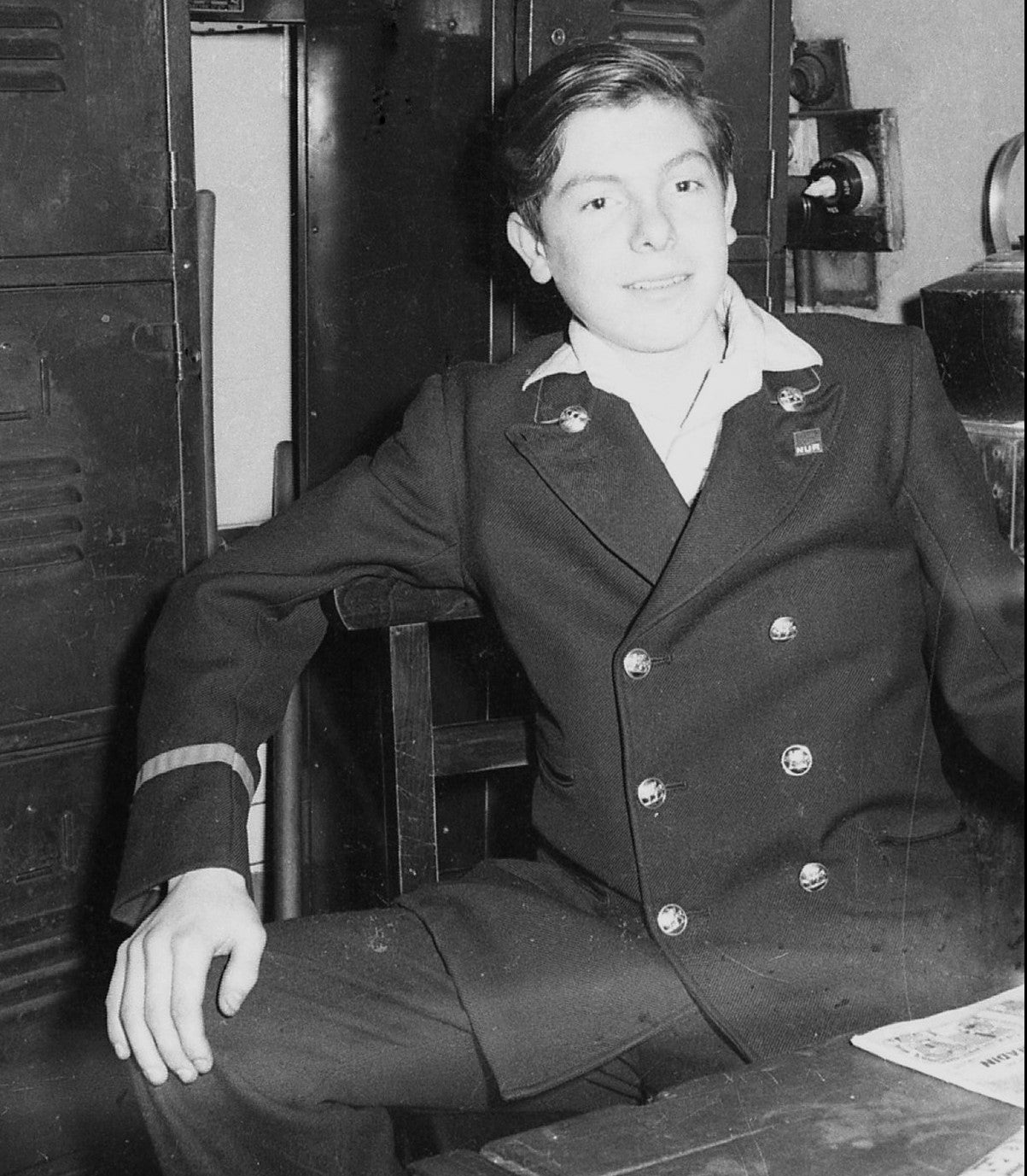WCP: Dressing Up In Class
Posted in Visiting Scholars | Tagged Fashion, John Russo, Sherry Linkon, Tim Strangleman, Underground, Uniforms, WCP, Working-Class Perspectives, Workwear
Fashion is bizarre. We increasingly find ourselves dressing up in clothes designed to resemble the uniforms workers had to wear decades ago for industrial jobs. In this week’s Working-Class Perspective, Tim Strangleman explores the symbolism of middle-class and professional people who turn workwear into fashion.
Working-class workwear, including uniforms like this, evoke interesting ideas. For those who have to wear them, they can be a really mixed blessing. They can serve as a source of pride, the signifier of a respectable, secure steady job with pensions and prospects. This was certainly true of the Victorian and Edwardian uniformed working class. A railway worker I once interviewed told me that on his first day at work in the late 1960s he begged, borrowed, and stole various bits of uniform so that he could walk home as an ‘adult worker’. Uniforms can also be sites of contestation and discipline. When I worked on the Underground three decades ago, managers could pull you up for relatively minor clothing infractions. Also, by plastering their lapels with union badges and other political pins, workers could display their oppositional intent.
Check out the blog post in its entirety as well as other Working-Class Perspectives posts on our website.

